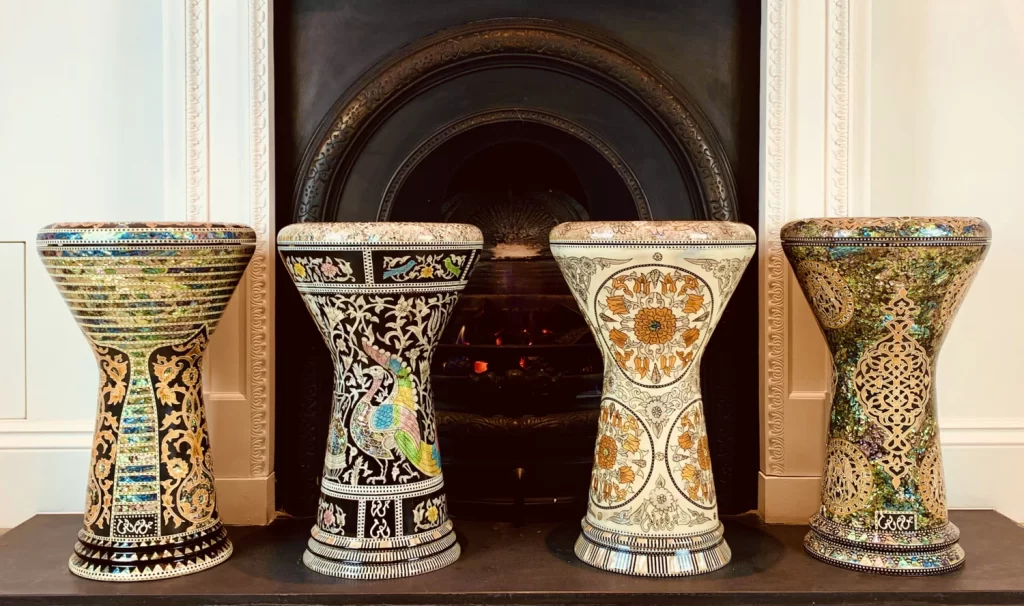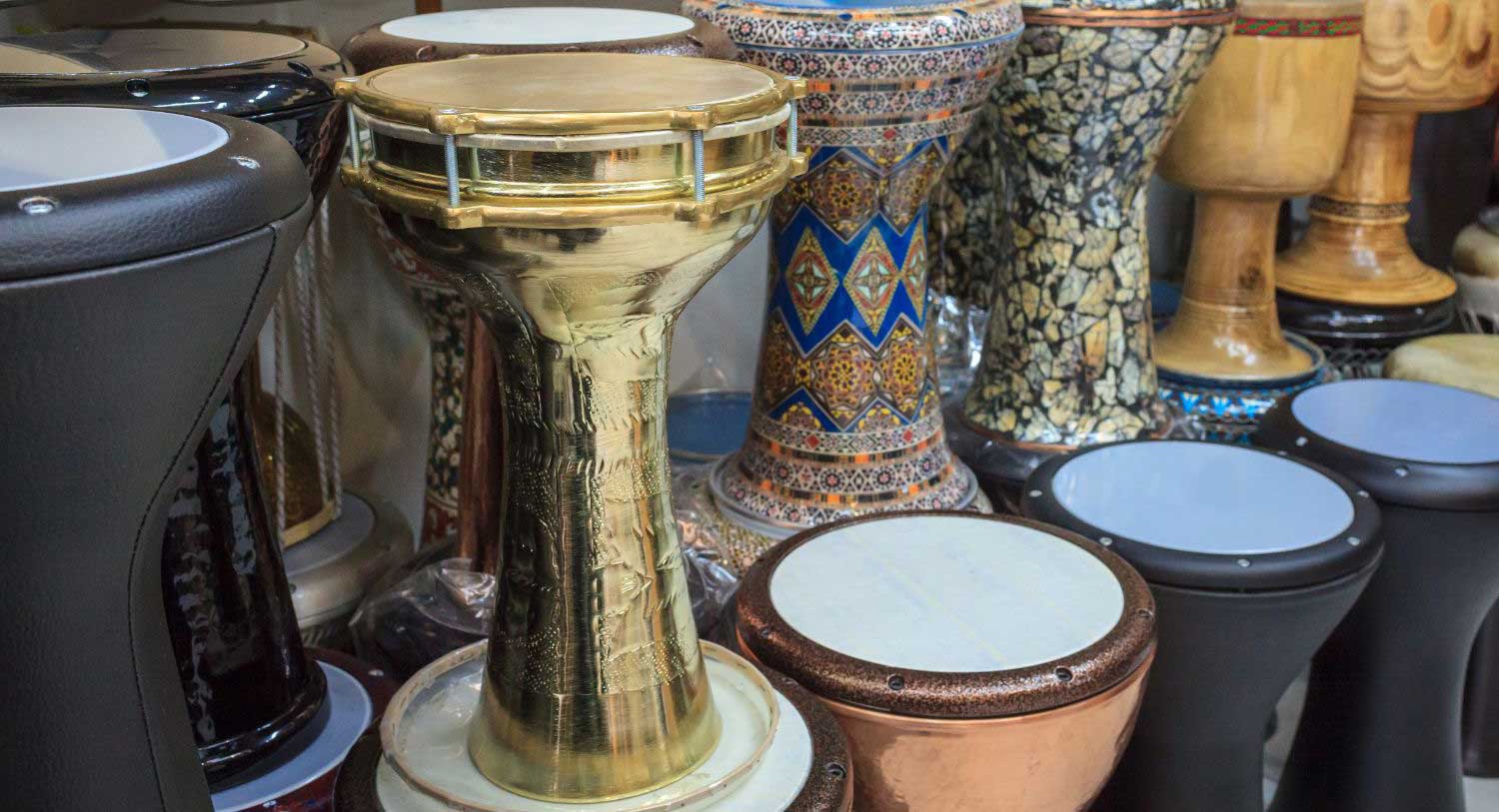The darbuka, also known as a derbakeh or referred to as tabla, is a percussion instrument that has been widely used in Middle Eastern, North African, and Balkan music. It is known for its deep bass tones and sharp, crisp high notes, making it a versatile instrument for both traditional and contemporary music.

For beginners, choosing the right darbuka can be challenging as they come in different materials, sizes, and sound profiles. This guide will help you understand the key factors to consider when selecting your first darbuka.
Understanding Darbuka Materials
The material of a darbuka plays a crucial role in determining its durability, sound quality, and weight. Below is a comparison of the most common materials used for darbukas.
| Material | Sound Quality | Durability | Weight | Best For |
|---|---|---|---|---|
| Clay | Warm, deep bass, organic overtones | Fragile, sensitive to temperature | Medium | Traditional and studio use |
| Aluminum | Sharp highs, powerful bass | Highly durable | Light | Stage performances, folk and modern music |
| Brass/Copper | Rich, resonant tones, deep bass | Durable but heavier | Heavy | Professional musicians, intricate techniques |
| Fiberglass/Synthetic | Versatile, adaptable tones | Highly durable | Very light | Travel, outdoor performances, fusion styles |
Choosing the Right Darbuka Size
The size of the darbuka affects both sound and comfort. Larger darbukas tend to have deeper bass, while smaller ones produce higher-pitched tones.
| Size | Sound Characteristics | Best For | Weight |
|---|---|---|---|
| 8″-10″ | High-pitched, less bass | Beginners, travel, children | Very light |
| 10″-12″ | Balanced bass and sharp tones | General use, most styles | Medium |
| 12″-14″ | Deep bass, strong resonance | Professionals, performances | Heavy |
Types of Darbuka Heads (Drumskins)
Natural Skin Heads
- Made from goat, fish, or camel skin.
- Produces a warm, organic tone.
- Sensitive to humidity and temperature changes.
Synthetic Heads
- Made from plastic or synthetic materials.
- Bright, consistent tone, resistant to weather changes.
- Durable and commonly used in modern playing styles.
Interchangeable Heads
- Some darbukas allow head replacement.
- Provides flexibility for different sounds.
Budget and Brand Considerations
Darbukas vary widely in price, depending on material, craftsmanship, and brand.
| Price Range | Features | Best For |
|---|---|---|
| $30-$80 | Basic models, usually aluminum or plastic, with synthetic heads. | Beginners and casual players. |
| $80-$200 | Better materials, brass or copper, improved sound quality. | Intermediate players looking for better performance. |
| $200+ | Handmade, premium materials, professional-grade sound. | Advanced musicians and stage performers. |
Additional Accessories
- Carrying Case: Protects the darbuka from damage.
- Tuning Keys: Necessary for adjustable darbukas.
- Hand Protection and Maintenance Tips: Helps extend the instrument’s lifespan.
Conclusion
Choosing your first darbuka depends on your playing style, budget, and personal preferences. A medium-sized darbuka (10”-12”) with a synthetic head is a great starting point for most beginners. Clay darbukas offer warm traditional sounds but are fragile, while metal and fiberglass models provide durability and crisp tones. Consider your musical goals and test different models to find the best darbuka that suits your needs.
FAQs
What is the best darbuka size for a beginner?
A 10”-12” medium darbuka is the best choice for beginners as it provides a balance between bass and high tones.
Should I choose a clay or metal darbuka?
Clay darbukas have a warm, organic tone but are fragile, while metal darbukas are more durable and produce sharper tones.
How do I tune a darbuka?
Some modern darbukas have tuning screws that allow you to adjust tension for a clearer or deeper tone.
What is the difference between an Egyptian and Turkish darbuka?
Egyptian darbukas have rounded edges and a deeper bass, while Turkish darbukas have sharper edges and a more pronounced high tone.

